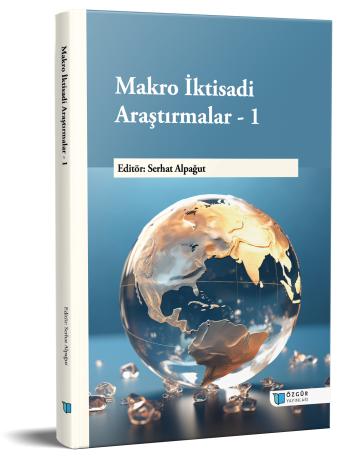
The Impact of Public and Private External Debt on Per Capita Income: Evidence from Turkey Using the Fourier Bootstrap ARDL Approach
Chapter from the book:
Alpağut,
S.
(ed.)
2025.
Macroeconomic Research- 1.
Synopsis
Foreign borrowing is considered an essential financing for developing countries. Turkey uses external debt to finance its balance of payments and savings-investment deficits. The study's primary purpose is to investigate the connection between Turkey's public and private sector external debt and economic growth using annual data from 1989 - 2023, using the Fractional Fourier Bootstrap ARDL (FBARDL) method and causality test. The findings show that the increase in both public and private sector external debt stock leads to an increase in economic growth, while the increase in exchange rate risk leads to a decrease in economic growth. According to the results of the Fourier Toda, - Yamamoto Causality test, a unidirectional causality relationship was determined from the public sector and exchange rate risk variables to the national income increase rate, and a bidirectional causality relationship was determined from the private sector debt to the national income increase rate. Additionally, it has been revealed that there is a unidirectional causality relationship between exchange rate risk and private sector debt stock. These results may guide policymakers in Turkey to reduce dependence on foreign borrowing and bring foreign debt to sustainable levels by developing different foreign exchange-generating practices.

